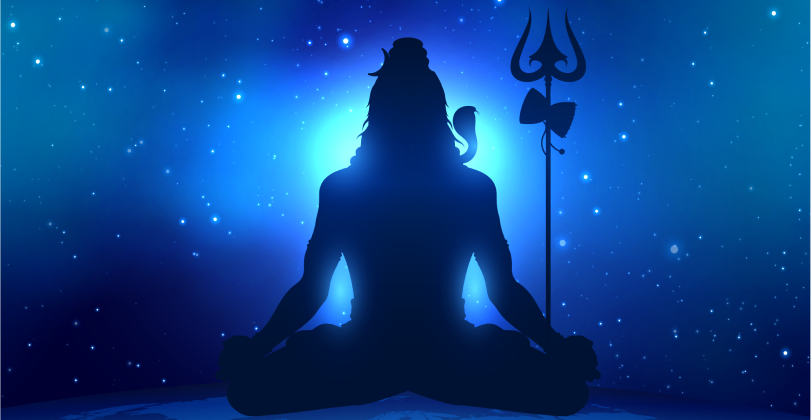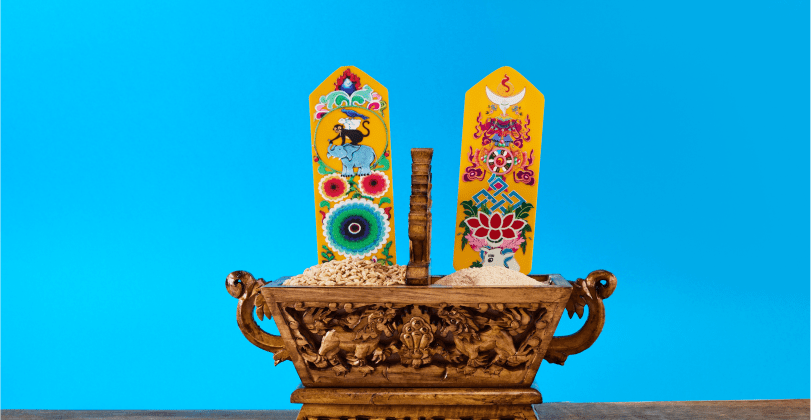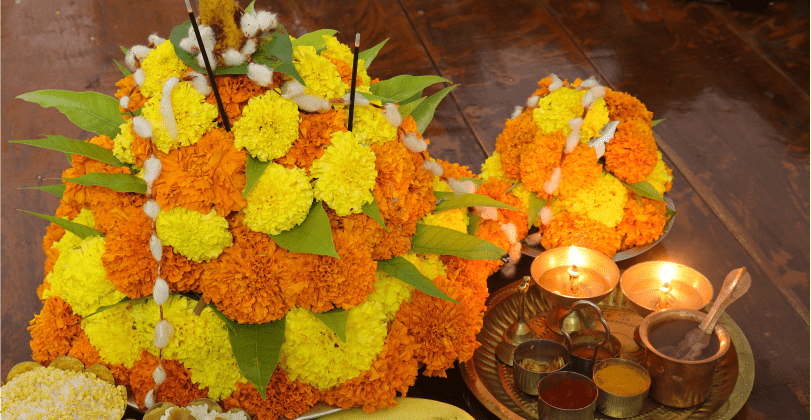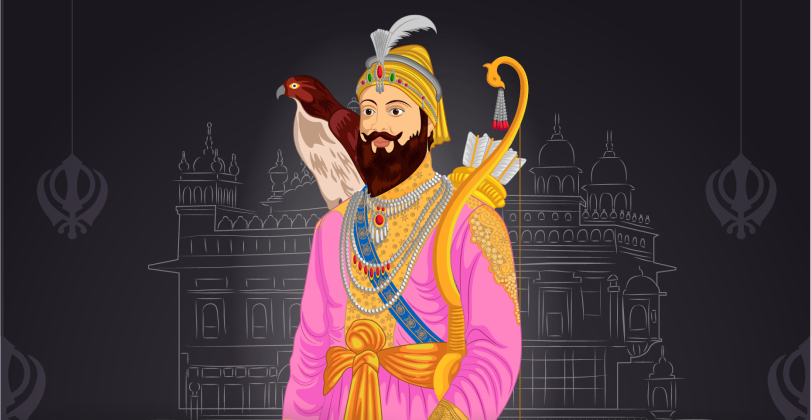Maharashtra Din, also known as Maharashtra Day, is an important celebration marking the formation of the state of Maharashtra. Maharashtra Day holds immense historical and
Maha Shivaratri, the grand festival dedicated to Lord Shiva, beckons devotees into a night of profound spiritual awakening and celebration. Marked by fervent prayers, rituals, and deep reverence, this auspicious occasion holds a significant place in Hindu culture and spirituality.
Observed annually on the 14th night of the waning moon in the month of Phalguna (February/March), Maha Shivaratri resonates across India and among devotees worldwide. It commemorates several mythological events, including the divine marriage of Lord Shiva to Goddess Parvati and his cosmic dance, the Tandava.
Devotees fast, meditate, and chant hymns throughout the night, seeking blessings and spiritual renewal. The festival's essence lies in its ability to cleanse the soul and evoke a deeper connection with Shiva's divine presence. Want to learn more about Maha Shivaratri? Continue reading this blog.
When is the Mahashivratri Festival?
Maha Shivratri in 2024 will fall on Friday, March 8th. This auspicious Hindu festival, celebrated with fasting, prayers, and offerings, holds deep significance as devotees commemorate the night of Lord Shiva's cosmic dance and divine union with Goddess Parvati.
The table below organises the details about the Shivaratri festival date, day, auspicious timings, significance, rituals, and specific puja timings.
| Event | Date and Time |
|---|---|
| Maha Shivratri Date | March 8, 2024 |
| Maha Shivratri Day | Friday |
| Chaturdashi Tithi Begins | 21:57 on Mar 08, 2024 |
| Chaturdashi Tithi Ends | 18:17 on Mar 09, 2024 |
| Nishita Kaal Puja Time | 00:07 to 00:56, Mar 09 |
| Ratri First Prahar Puja Time | 18:25 to 21:28 |
| Ratri Second Prahar Puja Time | 21:28 to 00:31, Mar 09 |
| Ratri Third Prahar Puja Time | 00:31 to 03:34, Mar 09 |
| Ratri Fourth Prahar Puja Time | 03:34 to 06:37, Mar 09 |
| Shivratri Parana Time | 06:37 to 15:29 |
| Event | Date and Time |
|---|---|
| Maha Shivratri Date | March 8, 2024 |
| Maha Shivratri Day | Friday |
| Chaturdashi Tithi Begins | 21:57 on Mar 08, 2024 |
| Chaturdashi Tithi Ends | 18:17 on Mar 09, 2024 |
| Nishita Kaal Puja Time | 00:07 to 00:56, Mar 09 |
| Ratri First Prahar Puja Time | 18:25 to 21:28 |
| Ratri Second Prahar Puja Time | 21:28 to 00:31, Mar 09 |
| Ratri Third Prahar Puja Time | 00:31 to 03:34, Mar 09 |
| Ratri Fourth Prahar Puja Time | 03:34 to 06:37, Mar 09 |
| Shivratri Parana Time | 06:37 to 15:29 |
Significance of Maha Shivaratri
Maha Shivaratri holds profound spiritual significance for devotees of Lord Shiva. It is believed that on this auspicious night, Lord Shiva performed the cosmic dance of creation, preservation, and destruction known as the Tandava. Devotees observe rigorous fasting and stay awake throughout the night, chanting prayers and hymns to honour Shiva's divine presence.
The festival symbolises the overcoming of darkness and ignorance in life, leading to spiritual awakening and enlightenment. It is also a time for introspection and soul cleansing as devotees seek blessings for health, prosperity, and liberation from the cycle of birth and death. Beyond its religious aspects, Maha Shivaratri fosters a sense of unity and cultural pride among Hindus worldwide, celebrating the timeless significance of Lord Shiva as the supreme deity of transformation and renewal.
Maha Shivaratri Puja Rituals
The rituals of Maha Shivaratri are steeped in devotion and symbolism, reflecting the profound reverence for Lord Shiva. Devotees begin the day with early morning baths, followed by fasting throughout the day. As evening descends, they gather in temples dedicated to Lord Shiva, adorned with flowers and incense.
The centrepiece of the ritual is the Abhishekam, where the Shiva Lingam is bathed with milk, honey, yoghurt, ghee, and water, signifying purification and offering prayers for spiritual strength. Throughout the night, devotees engage in meditation, chanting sacred mantras such as "Om Namah Shivaya" and performing aarti (rituals with lighted lamps) to honour Lord Shiva's divine presence. The atmosphere resonates with spiritual fervour as devotees seek blessings for inner peace, prosperity, and liberation from worldly attachments.
How is Maha Shivaratri Celebrated in India?
Maha Shivaratri is celebrated with vibrant devotion and cultural richness across India. From ancient temple rituals to community gatherings and spiritual practices, the festival unites devotees in honouring Lord Shiva's divine presence and seeking spiritual growth.
- Temple Visits: Devotees visit ancient Shiva temples like Kashi Vishwanath in Varanasi and Annamalaiyar Temple in Tamil Nadu.
- Elaborate Ceremonies: Temples conduct rituals and ceremonies throughout the night, including Abhishekam (ritual bathing of the Shiva Lingam).
- Decorations: Homes and temples are adorned with flowers and oil lamps (diyas) to create a sacred atmosphere.
- Fasting and Devotion: Devotees observe strict fasting, meditate, and chant sacred hymns such as "Om Namah Shivaya."
- Cultural Programmes: Community gatherings feature bhajans (devotional songs), spiritual discourses, and cultural performances.
- Spiritual Significance: The festival signifies spiritual growth, seeking Lord Shiva's blessings for inner peace and prosperity.
- Regional Variations: Maha Shivaratri celebrations vary across India, reflecting local traditions and customs, yet all share a common devotion to Lord Shiva.
Maha Shivaratri Holiday 2025-2028
| Dates | Day | Festival |
|---|---|---|
| 26 February 2025 | Wednesday | Maha Shivaratri |
| 15 February 2026 | Sunday | Maha Shivaratri |
| 06 March 2027 | Saturday | Maha Shivaratri |
| 23 February 2028 | Wednesday | Maha Shivaratri |
| Dates | Day | Festival |
|---|---|---|
| 26 February 2025 | Wednesday | Maha Shivaratri |
| 15 February 2026 | Sunday | Maha Shivaratri |
| 06 March 2027 | Saturday | Maha Shivaratri |
| 23 February 2028 | Wednesday | Maha Shivaratri |
Best Indian Places to Visit During Maha Shivaratri
Explore the diverse cultural and spiritual landscapes of India during Maha Shivaratri by visiting these renowned temples and centres. Each offers a unique experience of devotion and heritage amidst vibrant celebrations.
- Nilkanth Mahadev Temple, Haridwar, Uttarakhand
- Umananda Temple, Guwahati, Assam
- Bhavnath Taleti, Junagadh, Gujarat
- Matangeshwar Temple, Khajuraho, Madhya Pradesh
- Mahakaleshwar Temple, Ujjain, Madhya Pradesh
- Srisaila Mallikarjuna Temple, Andhra Pradesh
- Bhootnath Temple, Mandi, Himachal Pradesh
- Tilbhandeshwar Temple, Varanasi, Uttar Pradesh
- Lokanatha Temple, Puri, Odisha
- Shree Somnath Jyotirlinga Temple, Veraval, Gujarat
- Isha Yoga Center, Coimbatore, Tamil Nadu
Celebrate Maha Shivratri 2024 with Devotion and Ease
Mahashivratri holiday, a revered Hindu festival celebrated worldwide, honours Lord Shiva's divine essence and spiritual significance through prayers, rituals, and deep introspection. It symbolises the cosmic dance of creation and renewal, uniting devotees in profound spiritual experiences and cultural festivities.
Visiting sacred cities like Varanasi or Ujjain during Maha Shivratri offers a unique opportunity to immerse yourself in ancient rituals and cultural traditions. For financial ease during your pilgrimage, consider exploring Instant Personal Loans on KreditBee.
FAQs
This year, Mahashivratri will fall on March 8, 2024. Devotees across India and the world will celebrate this auspicious festival with prayers, fasting, and rituals dedicated to Lord Shiva, seeking his blessings and spiritual growth.
Maha Shivaratri is celebrated across India with fasting, visiting Shiva temples, performing Abhishekam (ritual bathing of Shiva Lingam), and chanting sacred mantras. Cultural programmes, bhajans, and spiritual discourses also enrich the celebrations, fostering a sense of community and devotion.
Some of the best places to visit during Maha Shivaratri include Varanasi for the Tilbhandeshwar Temple and Ujjain for the Mahakaleshwar Temple, known for their grand festivities and spiritual aura during this auspicious occasion.
Yes, Maha Shivratri is observed as a bank holiday in various states across India. Banks and financial institutions generally remain closed on this day, allowing employees and devotees to participate in rituals and celebrations associated with this auspicious Hindu festival.
AUTHOR
KreditBee As a market leader in the Fintech industry, we strive to bring you the best information to help you manage finances better. These blogs aim to make complicated monetary matters a whole lot simpler.







